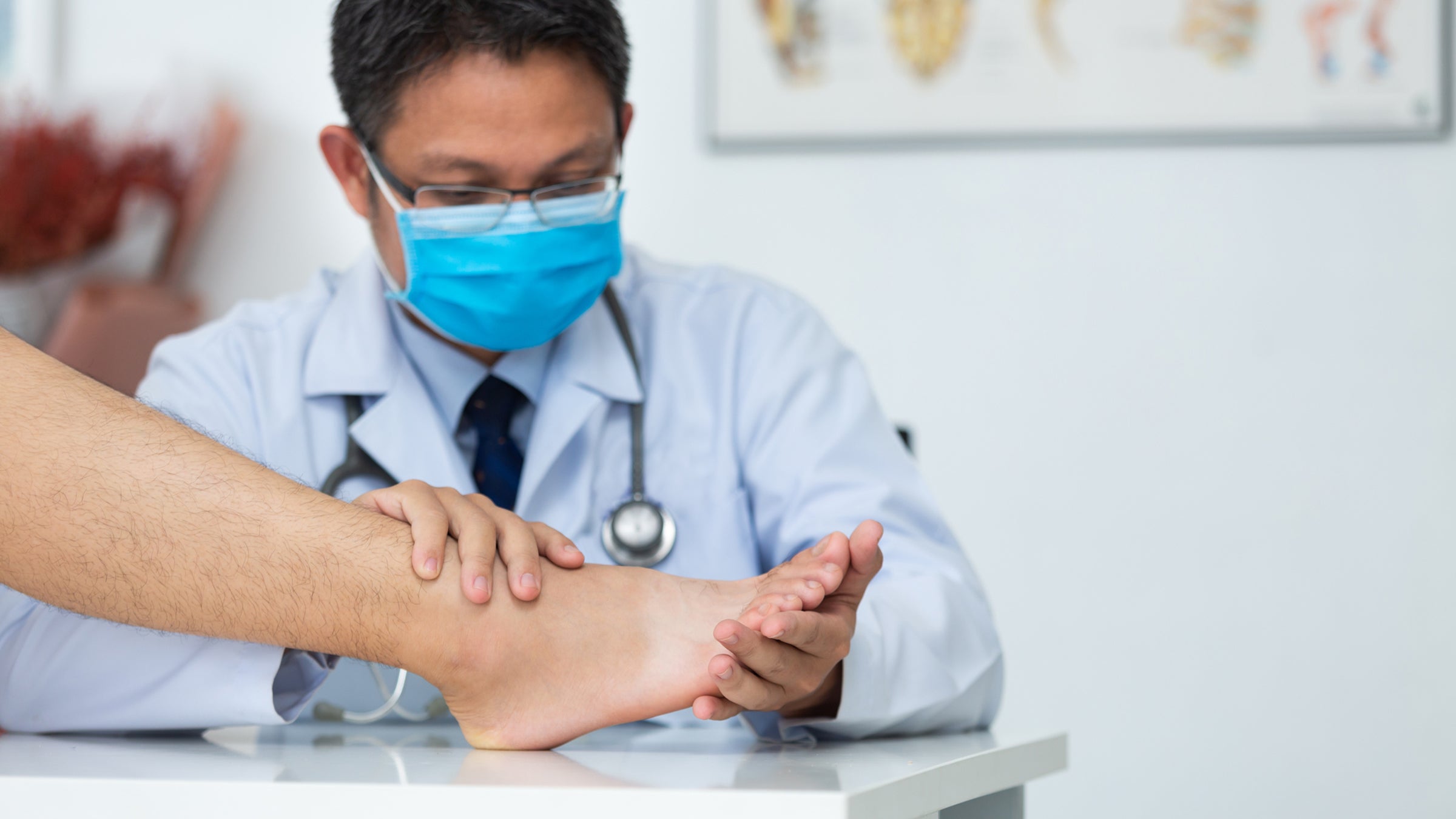What if you suddenly had twice the time to train? What would you do? Not to be a downer, but you’d probably get injured.
That was the consensus among a group of four leading sports podiatrist I had the privilege of interviewing on their RPM2 podcast last week. Matt Werd of Florida Foot and Ankle says he’s seen more than the usual stress fractures, plantar fasciitis, Achilles tendon issue and the like since the start of the pandemic. “People have been stuck at home, not going to work, so they had extra hour of two not commuting,” Werd says. “Not only people who never exercised, even people who were seasoned, experienced — now they had time to train more, go faster, do new things. They took the opportunity to train harder, do more.”
Of course we are training more — not only do we now have the time we’ve always wanted, but we have this huge level of stress that demands we act. Runners know how to use those stress hormones: we go harder.
Michael Chin of The Running Institute in Chicago has seen the results of that excess of energy. “People are doing more speedwork, trying to mix it up,” he says. “They’re doing more than longer runs, mixing in intensity workouts on top of it.” All that is good, a variety of paces and intensity is a smart way to train. But Chin goes on: “And they’re not taking the time off. They have seven days a week to bust out exercise, and don’t take their recovery point into consideration.” The result? More overuse injuries.
Chin has seen others that went the opposite way: doing nothing for 3 months, putting on extra weight, then jumping back in with abandon. The surge of virtual marathons this fall, often with short notice, hasn’t helped the injury rate either.
Injuries have increased not only because runners are overdoing volume and intensity, but also tied to them not being able to get out, says Paul Langer of Twin City Orthopedics “Not only are health clubs shut down,” Langer says, “But shoes stores were shut down too. So either they couldn’t replace running shoes that were worn out, or couldn’t get running specific shoes. Some of the injuries I saw were because their footwear was not appropriate for running the 3, 5, 7 days in a row that some people were starting to do.”
Langer is also seeing people with sore feet that weren’t prepared for walking around all day barefoot at home. “I’m a fan of being barefoot,” Langer says, but notes you’ve got to prepare your feet for it, preparation that will strengthen your foundation for running as well.
Rob Conenello of Orangetown Podiatry in New York has been seeing his share of overuse and transitional injuries too, including some surprising ones from people sitting differently all day: on beds, couches, crossing their feet underneath them unusually.
But, Conenello is also encouraged by some trends. “I’ve seen a lot of patients coming in that are preemptive,” he says. “They’re saying: ‘before I do start, what should I do? What should I not do.’” Chin, too, has seen runners, “trying to get after longstanding things, like two year history of a heel pain they haven’t been able to crack. Those folk now have the time to be able to treat it.”
Which brings us to the point: Wherever you’ve ended up on the running reaction to the pandemic, you’ve faced added stresses. If you’re injured (I’m on that list): Now’s the time to not only heal but fix the issues that led to the injury — because when you get back, you’re still going to need to hit it hard to deal with the stress of today’s world, and, because, face it, you want to run fast and long. If you’re not injured: Congratulations, now is the time to spend some of your extra hours doing the mobility and strength work to keep yourself running healthy and strong, no matter what stresses you face or challenges you accept.
To get started, pick any one of the exercise routines in our injury-prevention section, and actually do them regularly. The work isn’t as satisfying, sanity-saving and soul-feeding — or simply as fun — as a run, but, give it a few weeks and you’ll start to feel rewarding progress in balance and bounce in your step. Plus, while there’s never a good time to be injured, just imagine life without running now when you need motivation to set aside an hour for hip flexor stretches or dynamic strength work.

